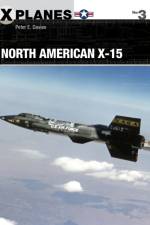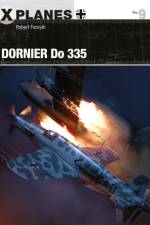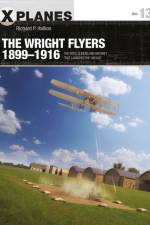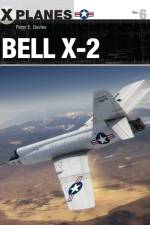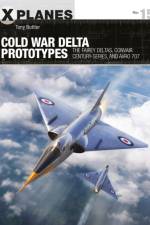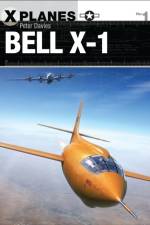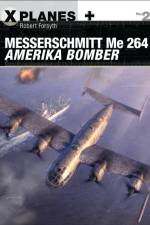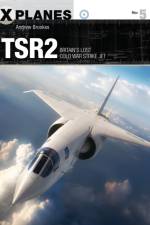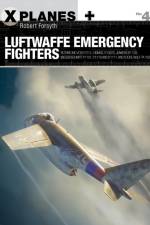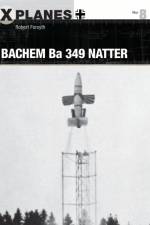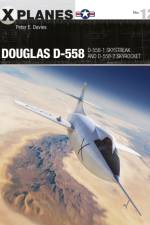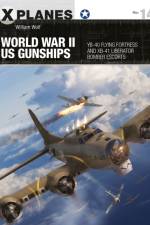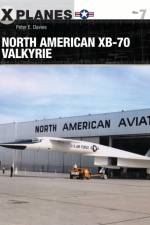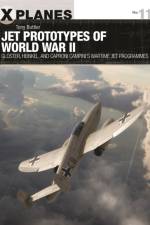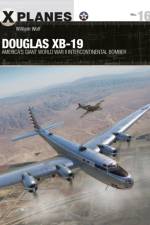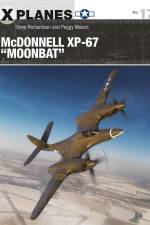- The kites, gliders, and aircraft that launched the "Air Age"
av Dr Richard P. Hallion
211
An authoritative new history and analysis of the Wright Brothers'' pioneering aircraft, from their triumph in 1903, through their string of achievements in the next decade, to their eclipse in the 1910s.Orville and Wilbur Wright, two bicycle-making brothers from Dayton, Ohio, secured their place as the most famous names in aviation history when, on December 17, 1903, they made the first powered, controlled, and sustained heavier-than-air flight. But their success over the cold and windswept Carolina dunes that day has overshadowed their many other accomplishments before and after that historic flight. The Wrights'' progression from theory to analysis to ground-testing components and wing shapes, and to then flight-testing kites, gliders, and their first powered aeroplane, marked the world''s first successful ΓÇ£X-PlaneΓÇ¥ research and development program. They established a template all subsequent aircraft have followed, one still relevant in the era of hypersonic flight and drone research.This book traces the Wright Brothers'' story, from their first success on that cold December day throughout their glory years to their eventual eclipse by other aviators. It explores in detail the process that lead them to their pioneering craft and their many subsequent achievements over the following years, and highlights their enduring importance in the age of modern flight.

